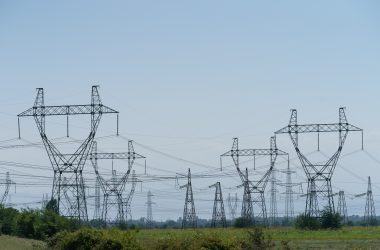The shift towards clean energy is gaining momentum globally.
Many nations are investing heavily in renewable power sources and related technologies.
This change is driven by economic factors, technological advancements, and environmental concerns.
In the United States, recent legislation has spurred significant growth in the clean energy sector.
New laws have led to increased investment and job creation.
The U.S. Energy & Employment Jobs Report shows that clean energy industries added hundreds of thousands of new jobs in the past year.
Globally, spending on clean energy technologies and infrastructure is rising rapidly.
It is expected to reach $2 trillion in 2024.
This represents a major shift in how countries are approaching energy production and consumption.
Renewable energy is becoming a larger part of the global power mix.
In 2023, 85% of new power plants built worldwide were renewable energy facilities.
This trend is expected to continue as renewable technologies become more efficient and cost-effective.
Private companies are also playing a key role in the transition.
Some major electricity providers have invested billions of dollars in clean energy projects over the past two decades.
These investments cover a wide range of technologies and infrastructure improvements.
The cost of clean energy has fallen significantly in recent years.
In many cases, renewable sources are now cheaper than traditional fossil fuels for electricity generation.
This economic advantage is helping to drive adoption across both developed and developing nations.
Clean technology manufacturing is emerging as an important industrial sector.
Many countries see this as a strategic area for economic growth and job creation.
Governments are implementing policies to support the development of domestic clean tech industries.
While political factors can influence energy policy, many experts believe the clean energy transition is now irreversible.
The economic benefits and technological progress are seen as too significant to be reversed by changes in government.
For the transition to continue smoothly, stable and predictable regulations are needed.
Clear rules and long-term policy commitments can help encourage further investment in clean energy technologies.
This regulatory stability is important for both domestic and international investors.
The clean energy transition faces some challenges:
- Upgrading existing power grids to handle more renewable energy
- Developing better energy storage solutions
- Addressing intermittency issues with some renewable sources
- Ensuring a just transition for workers in fossil fuel industries
Despite these hurdles, the overall trend towards clean energy appears set to continue.
The combination of falling costs, technological improvements, and growing concern about climate change is driving this shift across the global energy landscape.









